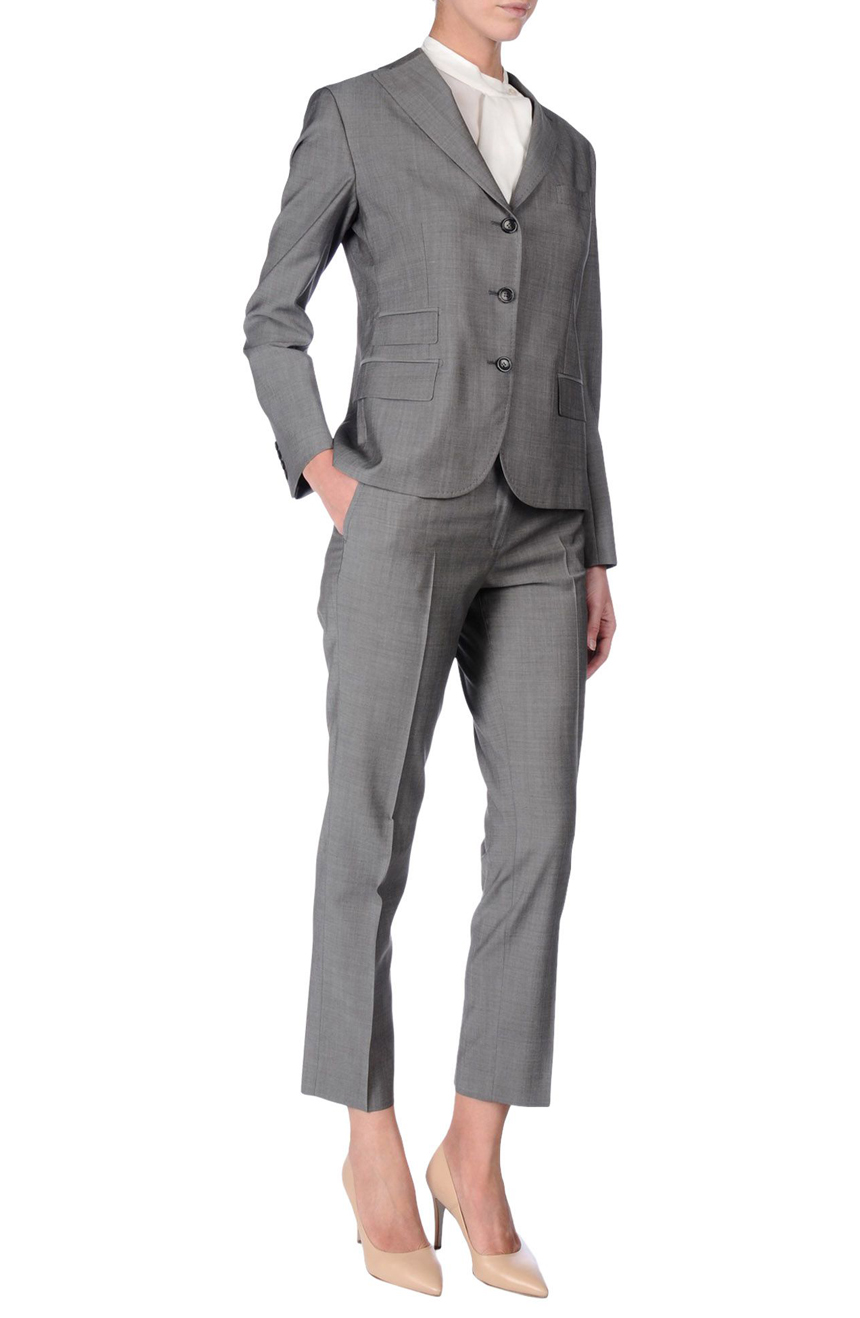Comprehending the Tailoring Process: From Material Option to Last Fitting for the Ideal Closet
The customizing procedure is a complex interplay of art and scientific research, starting with the important choice of textile choice and finishing in the specific changes of final fittings. Each textile type brings unique top qualities that influence not just the visual charm however also the garment's long life and viability for different events.
Importance of Fabric Option
Choosing the ideal fabric is essential in the tailoring process, as it directly influences the comfort, sturdiness, and overall aesthetic of the last garment. The option of fabric establishes the structure for the garment's efficiency, capability, and design. Various fabrics possess distinct residential or commercial properties, such as breathability, stretch, and weight, which can considerably impact exactly how the garment drapes and fits the body.

A customized item made from a suitable material not only showcases workmanship but likewise boosts the wearer's confidence. Subsequently, understanding the nuances of fabric option is extremely important for any customizing undertaking. It ensures that the final item not only fulfills the visual desires of the client however additionally straightens with practical demands, therefore achieving a harmonious balance in between type and feature in the customized wardrobe.
Sorts Of Fabrics and Their Uses
Recognizing the different sorts of fabrics available is vital for making educated choices during the customizing procedure. Each material has special attributes that dictate its suitability for specific garments and celebrations.
Cotton, known for its breathability and gentleness, is ideal for informal wear and summer clothes. Its convenience allows it to be tailored into every little thing from t-shirts to gowns. Wool, on the various other hand, is preferred for its warmth and framework, making it an outstanding selection for formal fits and outerwear. Its all-natural flexibility aids garments keep form over time.
Silk exhibits luxury and is light-weight, making it excellent for eveningwear and delicate blouses; however, it calls for careful handling because of its frailty. Bed linen, with its textured finish, is a preferred choice for warm climates, providing a crisp and ventilated feel, however it wrinkles quickly, which may affect the garment's appearance.
Synthetic textiles, such as polyester and nylon, offer toughness and resistance to wrinkles, making them ideal for day-to-day wear and active clothing. Recognizing these textile kinds and their homes permits for far better decision-making, making sure that each tailored item not just fits well but likewise lines up with the desired purpose and occasion.
The Tailoring Techniques Clarified
The art of tailoring relies upon a selection of methods that change fabric right into well-fitted garments. Central to this process is pattern preparing, where a tailor develops templates based on the client's dimensions and wanted style. This initial action his comment is here makes certain that the garment will certainly fit the wearer properly before any kind of cutting takes place.
When patterns are established, reducing next page strategies enter into play. Accuracy is vital as inaccuracies can result in misfitting garments. Tailors usually use different reducing approaches, such as single-layer reducing for detailed styles and multiple-layer reducing for efficiency on conventional patterns.
Basting is an additional vital method, allowing dressmakers to briefly stitch material items together for a preliminary fitting (tailor tuxedos perth). This technique offers the opportunity to evaluate the drape and overall shape prior to final sewing
Seaming methods, including flat-felled seams and French seams, enhance the garment's durability and visual allure. Tailors additionally use techniques such as interfacing and extra padding to offer framework and form to certain areas, like collars and shoulders.
Last but not least, ending up methods, including hemming and side finishing, make certain the garment's longevity while giving a refined appearance. Together, these methods develop the foundation of efficient customizing, causing splendid, custom-fit apparel.

Fitting Changes and Factors To Consider
After the preliminary tailoring methods have been used and the garment is built, suitable changes become extremely important to attaining the best fit. These changes attend to numerous aspects of the garment, ensuring it contours to the wearer's body form and enhances general look.

The increase of pants is an additional crucial variable; it needs to sit comfortably over the hips without creating pain, permitting for ease of movement. Hemming lengths for both trousers and skirts ought to mirror the wearer's preferred design while appreciating proportions.
Additionally, focus ought to be provided to the back of the garment, making sure that there are i thought about this no undesirable pulls or excess textile - top tailor perth. Each modification should be thoroughly taken into consideration, as also small modifications can dramatically influence the total fit and visual of the tailored item, eventually bring about a wardrobe that radiates confidence and class
Keeping Your Tailored Clothes
Constantly follow the treatment label guidelines, which might recommend completely dry cleansing for delicate fabrics or machine cleaning for more durable materials. Avoid constant laundering, as this can put on down the fabric and modify the garment's form.
Storage space is just as important; use cushioned wall mounts for jackets and coats to preserve shoulder structure, and store trousers folded up nicely or hung to stop creasing. Shield garments from straight sunlight, which can fade colors and damage fibers.
Additionally, periodic evaluations for small repair work can avoid larger concerns. Examine for loose switches, tearing seams, or signs of moth damages, attending to these problems quickly to maintain the garment's honesty.
Last but not least, think about seasonal turning. Putting on customized items in small amounts enables materials to recover, expanding their life expectancy. By applying these maintenance techniques, you can make sure that your customized garments continue to be as immaculate as the day you first used them, improving your excellent closet for years to come.
Final Thought
The tailoring procedure, encompassing material option, skilled methods, and accurate fitting modifications, plays a crucial function in creating garments that enhance both convenience and design. Recognizing the importance of upkeep extends the life of customized garments, solidifying their value in a well-curated wardrobe.